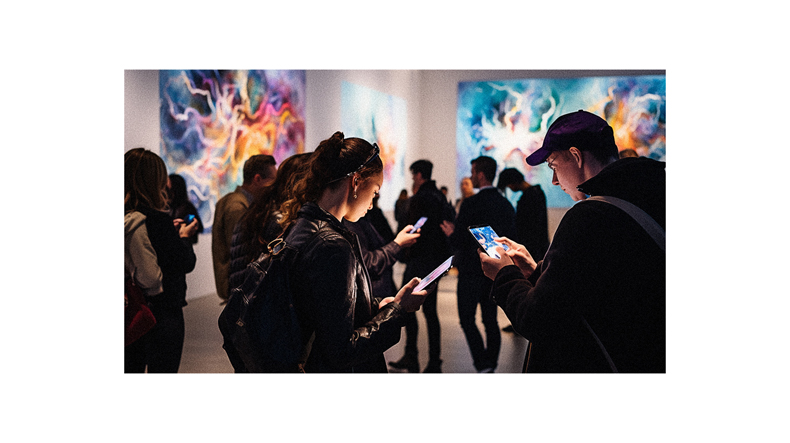You’ve probably noticed that art isn’t what it used to be. It’s not just about painting on canvas or chiseling marble anymore. Thanks to technology, today’s artists are exploring new mediums and techniques, taking creativity to another level.
But it’s not all bright and shiny. This digital revolution has its critics, with some fearing it dilutes authenticity and stifles creativity.
And let’s not forget the audience. The way you engage with art has changed, too. Social media and the internet have made art more interactive and reshaped your expectations and behavior. Do you buy tickets months in advance or minutes before the show?
This article will delve into how technology impacts contemporary art trends, the concerns it stirs, the opportunities it presents, and how it’s changing your art experience. So, let’s dive in and explore this fascinating intersection of art and technology.
How Technology Influences Art
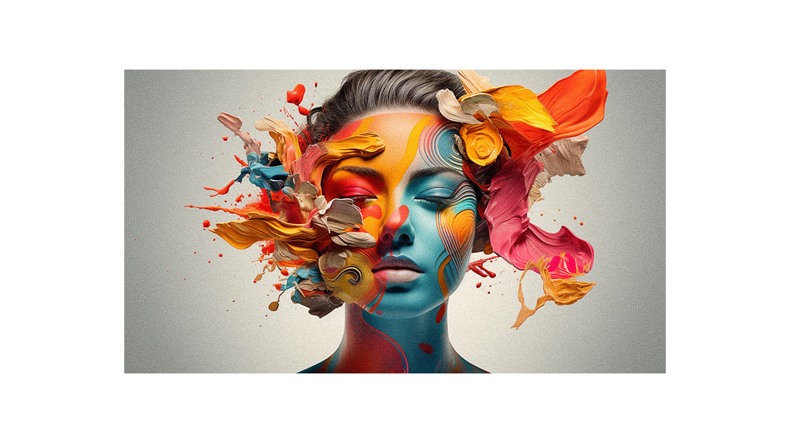
You’ve seen how technology has infiltrated every corner of our lives, but have you considered its transformative impact on the world of contemporary art? It’s taken creativity to new heights, helping artists translate their vision into unimaginable pieces in the pre-digital era.
Technology’s influence is undeniable, whether it’s digitally created music, e-books, or 3D-printed sculptures. Yet, it’s more than just a tool; it’s also a medium. Artists like David Hockney have even turned to their iPads for inspiration, proving that age isn’t a barrier to embracing tech.
However, this digital revolution isn’t without controversy. Some fear it could dilute the authenticity of art, while others worry it could stifle creativity as artists become too absorbed in tech’s capabilities.
Expanding Creative Horizons
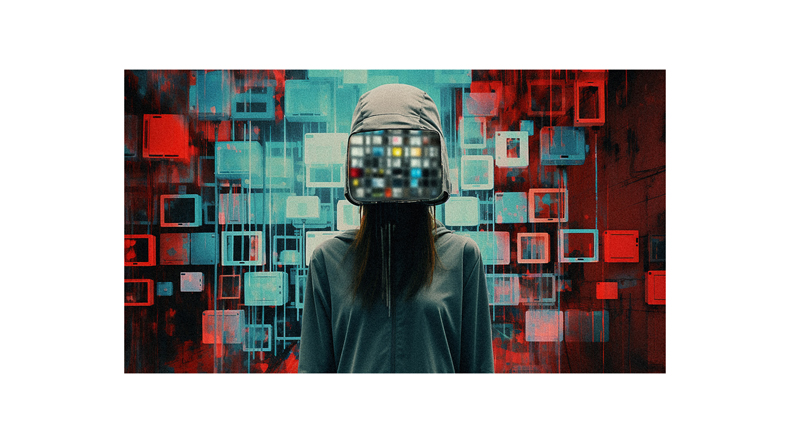
Imagine the boundless possibilities now at your fingertips, as the digital realm has dramatically broadened the canvas for your creative explorations. Traditional mediums no longer restrict you. With technology, you can blend paint with pixels or harmonize acoustic tunes with digital beats.
The world is your studio and the digital tools, your brushes. You can craft 3D-printed sculptures or design immersive VR experiences. Your art can be interactive, inviting audiences to participate and influence the outcome.
But technology isn’t just expanding your creative horizons; it’s also granting you a global audience. You can share your creations, inspire others, and spark conversations with the internet.
So, embrace the digital revolution and redefine the boundaries of art.
Concerns and Criticisms
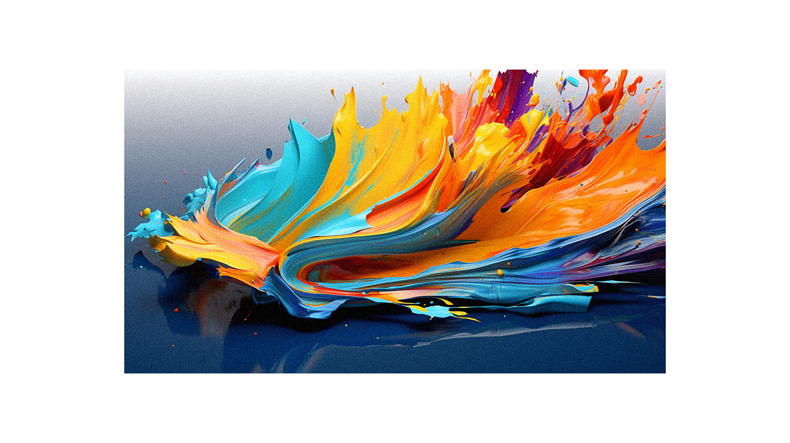
Despite the many exciting opportunities, it’s critical also to address the concerns and criticisms surrounding the marriage of art and technology.
Some artists and critics worry that digital art is an inauthentic version of the discipline with the potential to dilute the intrinsic value of traditional art. There’s also a fear that the overwhelming capabilities of technology could stifle creativity rather than enhance it.
- Authenticity: Critics argue that graphic designers’ and hackers’ reproductions and alterations of famous paintings strip digital art of its authenticity.
- Dampened Creativity: The limitless options provided by technology can be so absorbing that they hinder, rather than foster, artistic creativity.
- Quality Concerns: As technology increases competition for arts organizations with other entertainment forms, there’s a concern it may negatively impact the quality of live performances.
Changing Audience Expectations
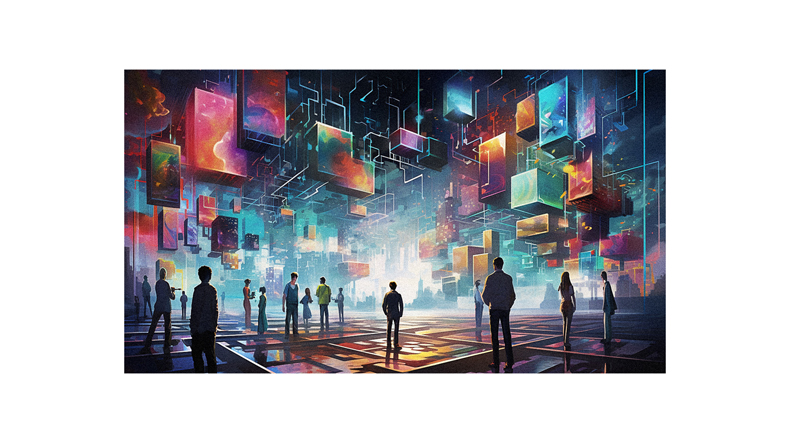
As digital innovations continue to reshape our world, they’re also revolutionizing how we experience and engage with art, pushing audience expectations to new frontiers. You’re no longer just a spectator; you’re an active participant.
The internet has made art more accessible and interactive, allowing you to delve deeper, learn more, and even create alongside the artist. But these advancements come with new challenges. With a wealth of art just a click away, competition for your attention is fierce. Artists and organizations must adapt, offering quality and an immersive and engaging experience.
And while technology has opened up a world of possibilities, meeting these rising expectations on limited budgets can be daunting. So, don’t just consume art; be part of its evolution.
Challenges and Opportunities
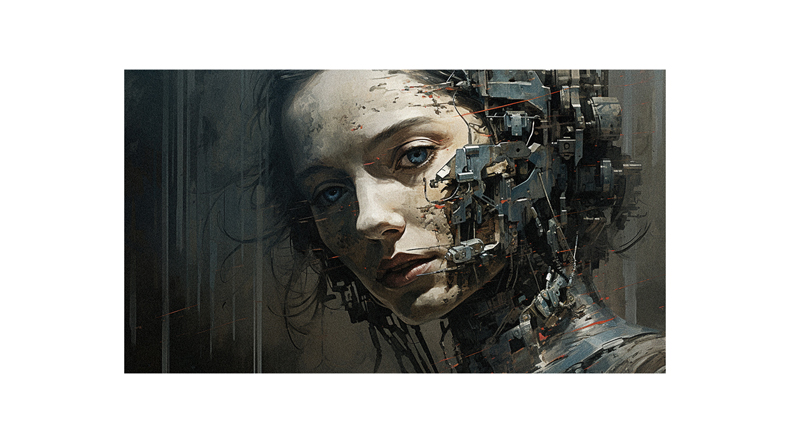
You’re navigating a new terrain where opportunities and challenges go hand in hand, right?
Technology has been a game-changer in the art world, offering countless possibilities for art creation and distribution. Yet, it’s not without hurdles.
You’re competing with a myriad of entertainment forms, aren’t you? Digital art may be accessible, but it’s also challenging to monetize, especially regarding copyright and fair payments.
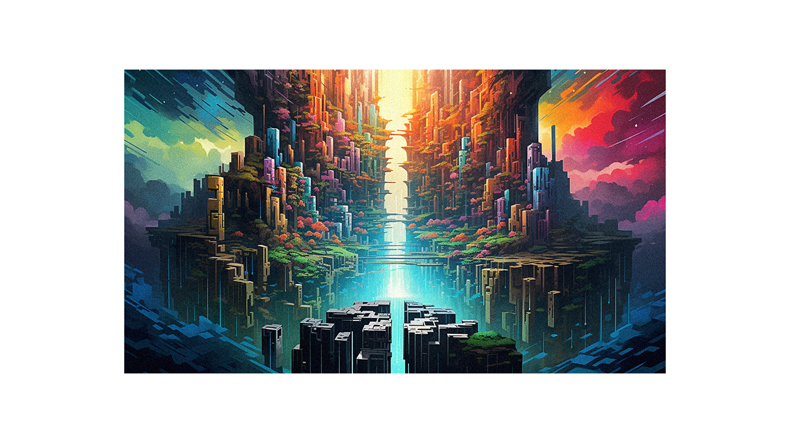
You’re also grappling with the reality of shorter attention spans and increased smartphone usage during performances.
But don’t fret. Remember, technology can also be your ally. It helps you reach diverse communities globally, break geographic constraints, and engage audiences in more immersive, interactive experiences.
You need to adapt and evolve. Don’t you agree?
Follow us on Pinterest for more tips, tutorials, and artist reviews!

